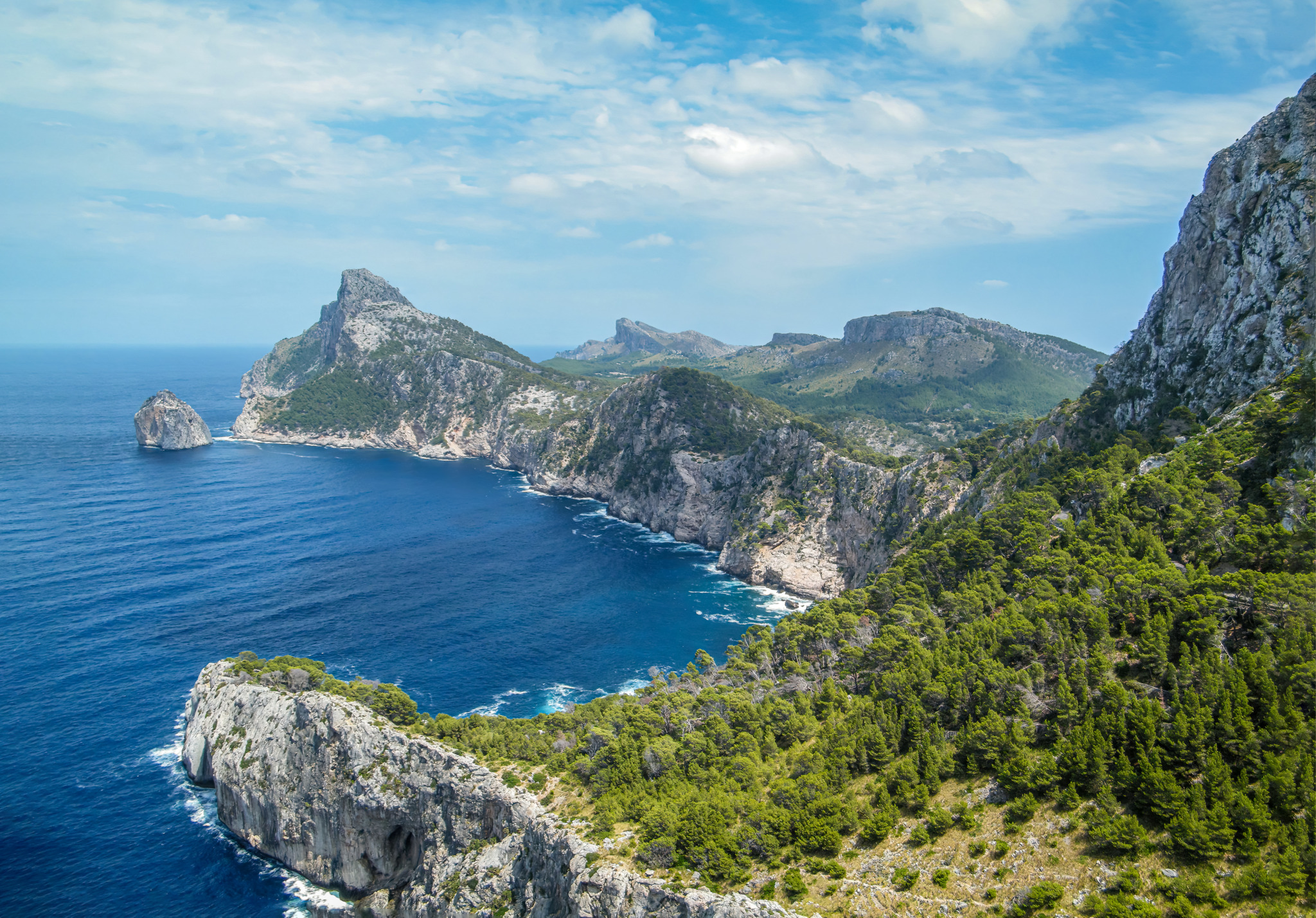Mallorca is the largest island in the Balearic archipelago, located in the western Mediterranean Sea and forming part of Spain’s Balearic Islands autonomous community. Here’s an overview of Mallorca:
- Geography: Mallorca covers an area of around 3,640 square kilometers (1,405 square miles). It has a diverse landscape that includes rugged mountains, fertile plains, picturesque coastlines with sandy beaches, and charming villages.
- Capital and Major Cities: The capital city of Mallorca is Palma de Mallorca, commonly referred to simply as Palma. It is also the capital of the Balearic Islands. Palma is the largest city on the island and serves as its cultural, economic, and administrative center. Other significant towns and cities on the island include Alcúdia, Sóller, and Manacor.
- Tourism: Mallorca is a popular tourist destination known for its stunning beaches, vibrant nightlife, historical sites, and scenic landscapes. Major tourist areas include Palma and its surrounding resorts, as well as coastal towns such as Magaluf, Alcúdia, and Cala d’Or. Tourism is a significant driver of the island’s economy, particularly during the summer months when visitors flock to enjoy the Mediterranean climate and attractions.
- Culture and Heritage: Mallorca has a rich cultural heritage influenced by its varied history, including Roman, Moorish, and Christian periods. Visitors can explore historical landmarks such as the Palma Cathedral (La Seu), Bellver Castle, and the Almudaina Royal Palace. The island also boasts a vibrant arts scene, with museums, galleries, and festivals celebrating local traditions and contemporary creativity.
- Outdoor Activities: Mallorca offers a wide range of outdoor activities for visitors to enjoy, including hiking, cycling, golfing, sailing, and water sports. The island’s diverse terrain provides opportunities for exploration, whether in the rugged Tramuntana Mountains, the fertile interior plains, or along the scenic coastal paths.
- Cuisine: Mallorcan cuisine reflects its Mediterranean heritage, with dishes featuring fresh seafood, locally grown produce, olive oil, and traditional flavors. Popular specialties include paella, ensaimada (a sweet pastry), sobrassada (a cured sausage), and tumbet (a vegetable dish). Visitors can sample these delicacies at local restaurants, markets, and food festivals.
- Transportation: Mallorca is accessible by air, with Palma de Mallorca Airport serving as a major gateway to the island. Additionally, ferries connect Mallorca to mainland Spain and other Balearic Islands. Once on the island, visitors can travel by car, bus, bicycle, or train to explore its attractions and landscapes.
Overall, Mallorca offers a diverse and enchanting destination with something to offer every traveler, whether seeking relaxation on its beaches, adventure in its mountains, or cultural immersion in its historic towns.
Views: 75
Subscribe to the newsletter:
